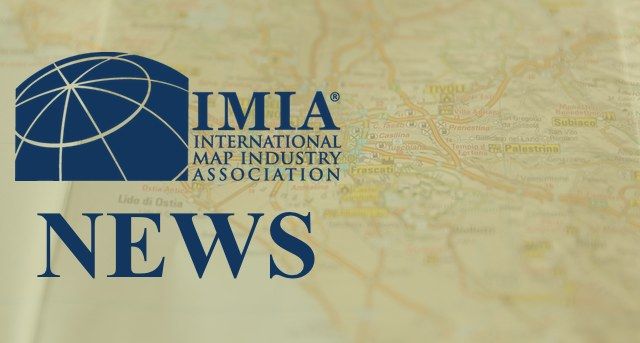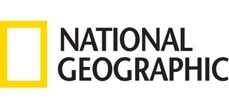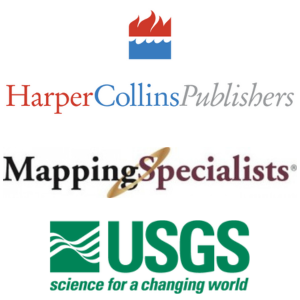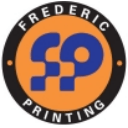Most people think a map is just a way to show how to get from Point A to Point B.
A map is a story. Ancient paintings on rocks, mosaics in Jordan, Stonehenge and other myths and mysteries.
A map is an art. We have some very skilled cartographers in Australia. The neatness of the titles, the intricate detail and the way the colours that ‘just work’. Many things have changed now (it is the digital world) but it still takes much skill to prepare a well-drawn map.
A map is a secret code. Maps and diagrams are painstakingly stitched (as a code) onto scarves and clothing (during many wars), pioneer quilts of early America, and Aboriginal dot paintings.
A map is a lesson in decision making. For a fun family activity, hand a road map to the kids and get them to navigate. We used to do this on the way to Nana’s house (three hours away if you travel by the most direct route). It took a lot longer with the kids in charge but we went to a lot of interesting places.
A map is a lesson in logic. It can also be a disagreement, especially when that map is a road atlas. One party wants to hold it upside down so that you always travel towards the top of the page.
A map is a memory. One glance at a map will remind you of places that you have visited and experiences you had.
But for me, a map is an adventure. I am very fortunate to be a map maker with the opportunity to work in outback Australia. Every map we produce comes at the end of various field trips and lots of research. Every trip teaches us more about Australia. While I am sure that sleeping on the ground, a limited menu and a very restricted water ration are not for everyone but the rewards are endless. A chance to learn more about Australia. A chance to simplify life. Camp in a swag. Look at the stars. Appreciate the small things, like watching ant colonies turning dead stuff into mulch. Learn how many kitchen utensils you don’t need. Breathe fresh air. Ponder the big things in life – like why do mosquitoes exist? Talk to the locals. Wish you had mobile phone or internet access – then being glad you don’t. Learn the history. Appreciate water. Look at the wildlife. Appreciate the way local flora has adapted to a harsh environment. Admire the scenery. Really look at the scenery – take note of the tiny footprints or the subtle differences in landscape for each few kilometres traveled. At the end of each adventure, I can return to the office with bundles of scribbled notes and diagrams and send them to our excellent cartographer who turns them into a map so that others can share the adventure.
Jo Ussing is the Business Owner, Westprint Maps










